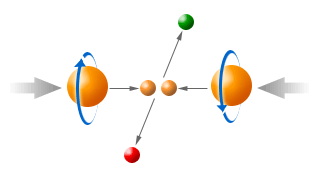SOLID-STATE PHYSICS
Solid-state physics is the study of rigid matter, or solids, through methods such as quantum mechanics, crystallography, electromagnetism, and metallurgy. It is the largest branch of condensed matter physics. Solid-state physics studies how the large-scale properties of solid materials result from their atomic-scale properties. Thus, solid-state physics forms a theoretical basis of materials science. It also has direct applications, for example in the technology of transistors and semiconductors. Solid materials are formed from densely packed atoms, which interact intensely. These interactions produce the mechanical (e.g. hardness and elasticity), thermal, electrical, magnetic and optical properties of solids. Depending on the material involved and the conditions in which it was formed, the atoms may be arranged in a regular, geometric pattern (crystalline solids, which include metals and ordinary water ice) or irregularly (an amorphous solid such as common window glass). The bulk of solid-state physics, as a general theory, is focused on crystals. Primarily, this is because the periodicity of atoms in a crystal — its defining characteristic — facilitates mathematical modeling. Likewise, crystalline materials often have electrical, magnetic, optical, or mechanical properties that can be exploited for engineering purposes.
The forces between the atoms in a crystal can take a variety of forms. For example, in a crystal of sodium chloride (common salt), the crystal is made up of ionic sodium and chlorine and held together with ionic bonds. In others, the atoms share electrons and form covalent bonds. In metals, electrons are shared amongst the whole crystal in metallic bonding. Finally, the noble gases do not undergo any of these types of bonding. In solid form, the noble gases are held together with van der Waals forces resulting from the polarization of the electronic charge cloud on each atom. The differences between the types of solid result from the differences in their bonding.


Staff who continue their research and studies in the Department of Solid-State Physics in the department:
- Prof. Dr. Recep ŞAHİNGÖZ
- Prof. Dr. Hidayet ÇETİN
- Prof. Dr. Sait YILMAZ
- Prof. Dr. Uğur KÖLEMEN
- Lect. Abdullah KARACA
ATOMIC and MOLECULAR PHYSICS
Atomic, molecular, and optical physics (AMO) is the study of matter-matter and light-matter interactions; at the scale of one or a few atoms and energy scales around several electronvolts. The three areas are closely interrelated. AMO theory includes classical, semi-classical and quantum treatments. Typically, the theory and applications of emission, absorption, scattering of electromagnetic radiation (light) from excited atoms and molecules, analysis of spectroscopy, generation of laser and masers, and the optical properties of matter in general, fall into these categories.
Atomic physics is the subfield of AMO that studies atoms as an isolated system of electrons and an atomic nucleus, while molecular physics is the study of the physical properties of molecules. The term atomic physics is often associated with nuclear power and nuclear bombs due to the synonymous use of atomic and nuclear in standard English. However, physicists distinguish between atomic physics — which deals with the atom as a system consisting of a nucleus and electrons — and nuclear physics, which considers atomic nuclei alone. The important experimental techniques are the various types of spectroscopies. Molecular physics, while closely related to atomic physics, also overlaps greatly with theoretical chemistry, physical chemistry and chemical physics.
Both subfields are primarily concerned with electronic structure and the dynamical processes by which these arrangements change. Generally, this work involves using quantum mechanics. For molecular physics, this approach is known as quantum chemistry. One important aspect of molecular physics is that the essential atomic orbital theory in the field of atomic physics expands to the molecular orbital theory. Molecular physics is concerned with atomic processes in molecules, but it is additionally concerned with effects due to the molecular structure. Additionally, to the electronic excitation states which are known from atoms, molecules are able to rotate and vibrate. These rotations and vibrations are quantized; there are discrete energy levels. The smallest energy differences exist between different rotational states, therefore pure rotational spectra are in the far-infrared region (about 30 - 150 µm wavelength) of the electromagnetic spectrum. Vibrational spectra are in the near-infrared (about 1 - 5 µm) and spectra resulting from electronic transitions are mostly in the visible and UV regions. By measuring the rotational and vibrational spectra properties of molecules like the distance between the nuclei can be calculated.
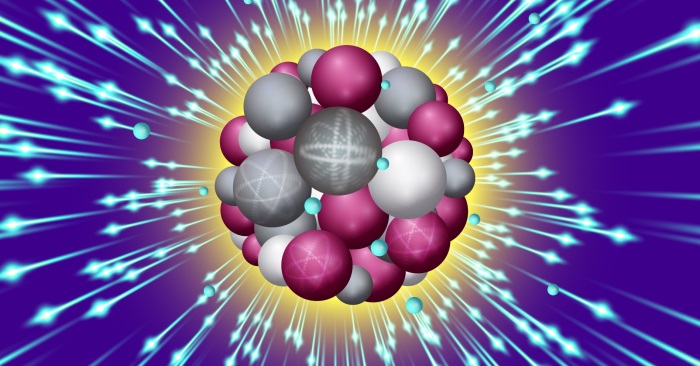

Staff who continue their research and studies in the Department of Atomic and Molecular Physics in the department:
- Prof. Dr. Mustafa BÖYÜKATA
-
GENERAL PHYSICS
It conducts interdisciplinary research with all fields of Science and Engineering, and studies almost all sub-branches of physics such as classical mechanics, electromagnetism, photonics, statistical physics, thermodynamics, relativistic mechanics, quantum mechanics, atomic physics, and molecular physics, and it collaborates with fields of science such as Mathematics, Chemistry or Biology, and especially with engineering fields such as Metallurgy and Materials Science.

 Staff who continue their research and studies in the Department of General Physics in the department:
Staff who continue their research and studies in the Department of General Physics in the department:
- Assoc. Prof. Dr. Ümüt TEMİZER
- Assoc. Prof. Dr. Hatice KANBUR ÇAVUŞ
HIGH ENERGY AND PLASMA PHYSICS
Her ne kadar aynı isim ile tek bir çatı altında toplanmış olsalar da Yüksek Enerji Fiziği ile Plazma Fiziği anabilim dalları oldukça farklı çalışma alanlarını incelemektedir. Yüksek Enerji Fiziği hem teorik hem de deneysel olarak evreni oluşturan en temel parçacıkları ve bu parçacıkların birbirleri ile olan etkileşimlerini inceleyerek belki de insanoğlunun varoluşundan beri cevap aradığı en popüler soruların cevaplarını aramaktadır. Parçacık Fiziği olarak da adlandırılan bu alan, evrenin oluşumunu, evreni oluşturan temel parçacıkları ve bu parçacıkların birbiri ile olan etkileşimlerini (evrenin işleyişindeki temel dört kuvveti ve Higgs Mekanizmasını) inceleyerek yaşadığımız evrenin nasıl oluştuğuna, nasıl evrildiğine ve çalışma prensiplerine çok geniş bir perspektiften bakmaktadır.


Parçacık fizikçileri teorik çalışmalarını genellikle üniversite veya enstitülerde sürdürürken deneysel çalışmalar genellikle çok büyük ve maddi olarak çok geniş bütçeli uluslararası iş birliği yapılmış laboratuvarlarda yapılmaktadır. Günümüzde bu laboratuvarların en popüler ve en büyüğü olan İsviçre-Fransa sınırında bulunan Avrupa Nükleer Araştırmalar Konseyinde (CERN) bulunan çalışmalara bölümümüz akademisyenleri de katılım sağlayarak akademik çalışmalarını devam ettirmektedirler. Maddenin dördüncü hali olarak da adlandırılan plazmaları inceleyen Plazma Fiziği ise iyonize olmuş gaz anlamına gelen ve mikroskobik açıdan ise sürekli hareket eden ve etkileşen yüklü parçacık topluluklarını inceleyen bir bilim dalıdır. Plazma Fiziğinin uygulamaları, enerji üretiminde ve bizi çevreleyen doğal ortamların fiziğini anlamada büyük önem taşımaktadır.
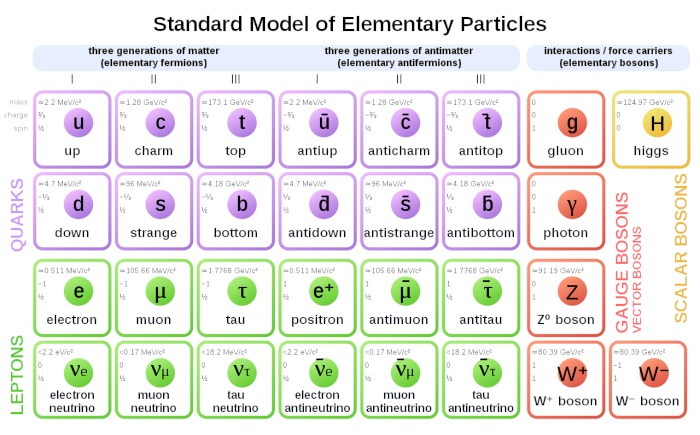
Bölümümüzde Yüksek Enerji Fiziği ile Plazma Fiziği Anabilim Dalında araştırma ve çalışmalarını sürdüren akademisyenlerimiz:
- Res. Asst. Tarık AKAN
- Res. Asst. Metin YALVAÇ
MATHEMATICAL PHYSICS
Matematiksel fizik, fizikteki problemlere uygulama için matematiksel yöntemlerin geliştirilmesini ifade eder. Matematiksel Fizik Dergisi (The Journal of Mathematical Physics), alanı "matematiğin fizikteki problemlere uygulanması ve bu tür uygulamalar ve fizik teorilerinin oluşturulması için uygun matematiksel yöntemlerin geliştirilmesi" olarak tanımlamaktadır. Geleneksel olarak matematiksel fizik, analizdeki fikirlerle, özellikle de diferensiyel denklemlerle oldukça yakından ilişkilendirilmiştir. Matematiksel fiziğin birkaç farklı dalı vardır ve bunlar kabaca aşağıdaki gibi sıralanabilirler: Klasik mekanik, Kısmi diferensiyel denklemler, kuantum fiziği, görelilik ve kuantum görelilik teorileri, istatistik mekanik...
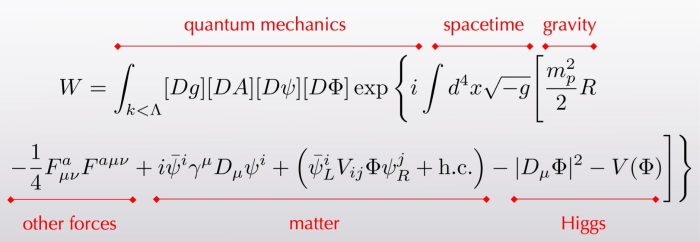
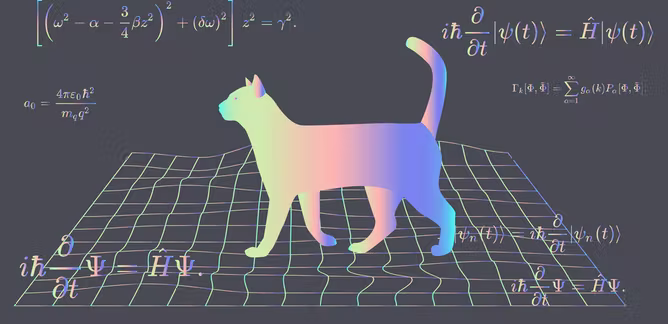
Bölümümüzde Matematiksel Fizik Anabilim Dalında araştırma ve çalışmalarını sürdüren akademisyenlerimiz:
- Assoc. Prof. Dr. Durgun DURAN
NUCLEAR PHYSICS
Nükleer fizik, atom çekirdeklerini, bileşenlerini ve etkileşimlerini inceleyen fizik alanıdır. Nükleer maddenin diğer formları da incelenmiştir. Nükleer fizik, atomu elektronları da dahil olmak üzere bir bütün olarak inceleyen atom fiziği ile karıştırılmamalıdır. Nükleer fizikteki keşifler birçok alanda uygulamalara yol açmıştır. Buna nükleer enerji, nükleer silahlar, nükleer tıp ve manyetik rezonans görüntüleme, endüstriyel ve tarımsal izotoplar, malzeme mühendisliğinde iyon implantasyonu ve jeoloji ve arkeolojide radyo-karbon tarihleme dahildir. Bu uygulamalar nükleer mühendislik alanında incelenir. 
